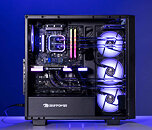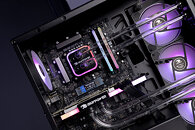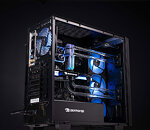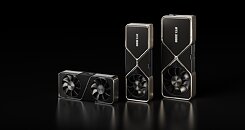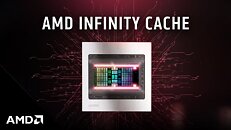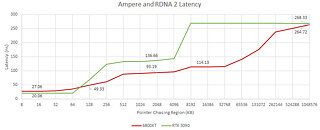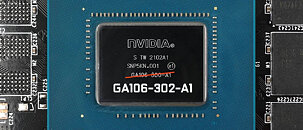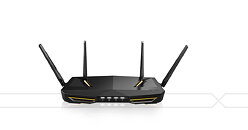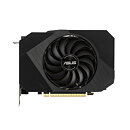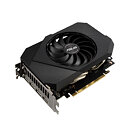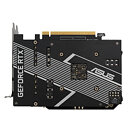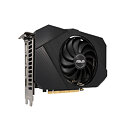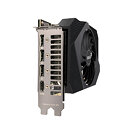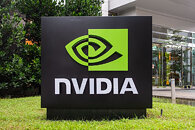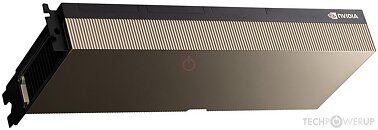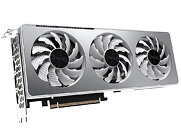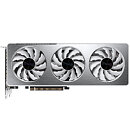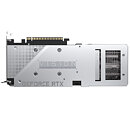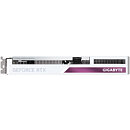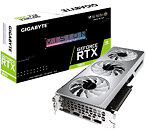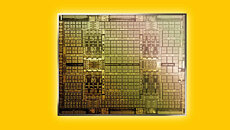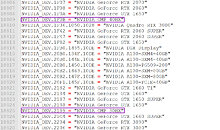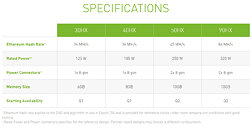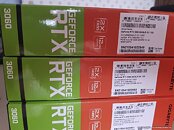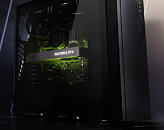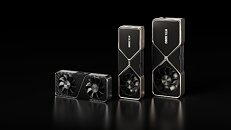
COLORFUL Launches GeForce RTX 3080 Ti and RTX 3070 Ti Graphics Cards
Colorful Technology Company Limited, a professional manufacturer of graphics cards, motherboards, all-in-one gaming and multimedia solutions, and high-performance storage, proudly introduces the COLORFUL iGame GeForce RTX 3080 Ti and RTX 3070 Ti graphics cards. The line-up consists of the Vulcan, Advanced OC, and NB models. The all-new GeForce RTX 3070 Ti NB takes a new look with its improved cooling and mightier design. The COLORFUL iGame GeForce RTX 3080 Ti and RTX 3070 Ti comes packed with premium features including the One-Key Overclock, customizable RGB lighting, and more to cater to different types of power users, gamers, and PC enthusiasts.
Powered by the NVIDIA Ampere architecture, the GeForce RTX 3080 Ti delivers an incredible leap in performance and fidelity with acclaimed features such as raytracing, NVIDIA DLSS performance-boosting AI, NVIDIA Reflex latency-reduction, NVIDIA Broadcast streaming features and additional memory that allows it to speed through the most popular creator applications as well.
Powered by the NVIDIA Ampere architecture, the GeForce RTX 3080 Ti delivers an incredible leap in performance and fidelity with acclaimed features such as raytracing, NVIDIA DLSS performance-boosting AI, NVIDIA Reflex latency-reduction, NVIDIA Broadcast streaming features and additional memory that allows it to speed through the most popular creator applications as well.















